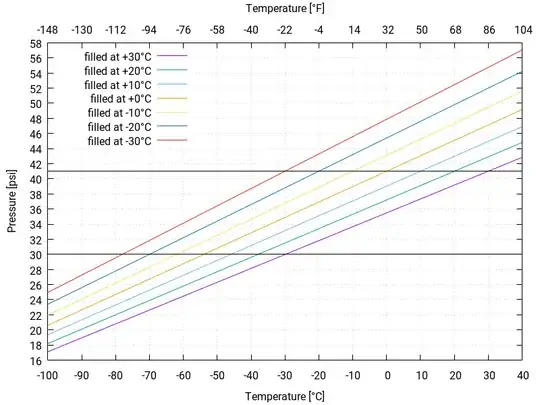I have 2013 Nissan Rogue. I live in Toronto, Canada, so it is very cold here right now. I understand that cold temperatures can cause the tire pressure light to come on, but will it actually affect the reading if I use a pressure gauge (I think that's what it's called) to check the tire pressure?
For example, the recommended PSI is about 40 I believe. On Saturday, the tire pressure in all four tires was pretty low so I filled them all up to 41. Now, after leaving my car outside for about two hours, the tire pressure light came on when I started up my vehicle, so I manually checked the pressure with the pressure gauge, and they were all about 30. Is this due to the cold temperatures or do I have a problem with my tires?
All help would be appreciated. Thanks!
